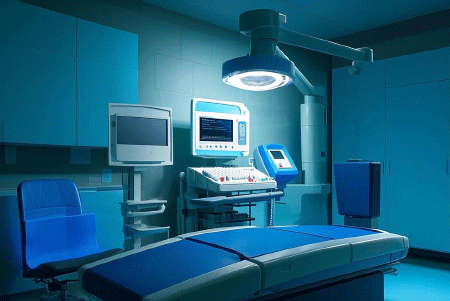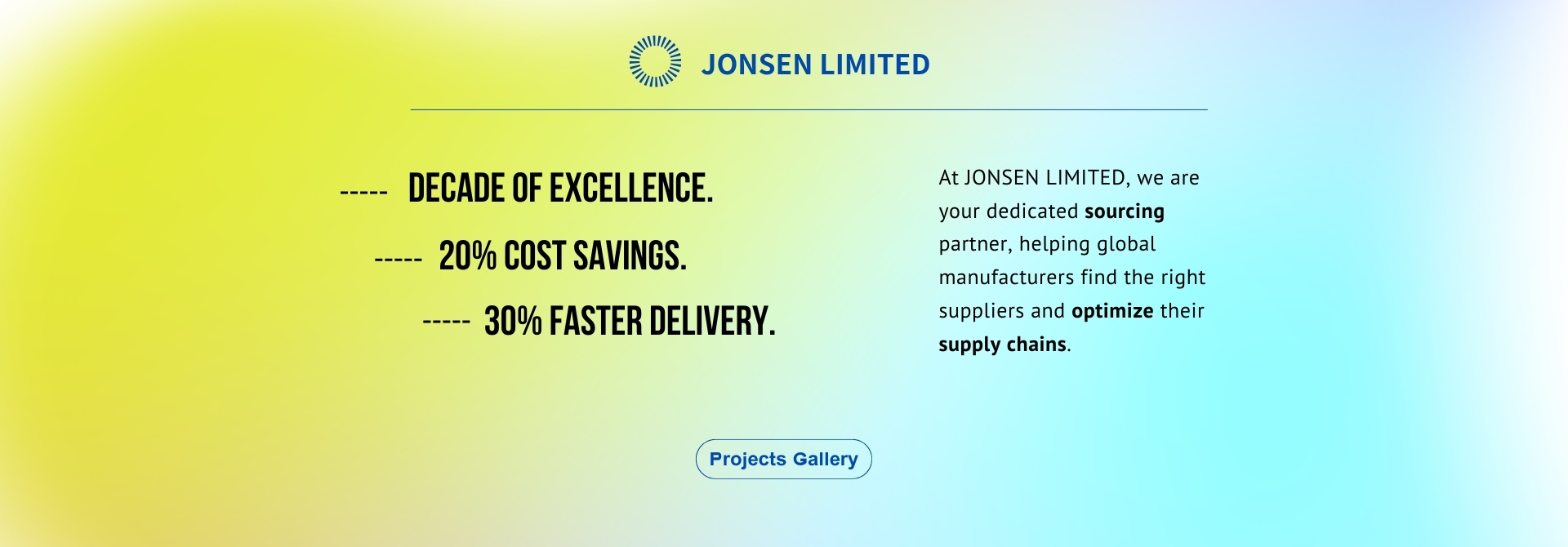News information
Focus on the latest news, familiar with the industry dynamics, a short time to understand your new news dynamics
Medical equipment procurement projects offer hope to developing countries.
来源:
|
作者:trading-100
|
发布时间 :2014-08-27
|
911 次浏览:
|
分享到:
The World Bank has been actively involved in supporting healthcare infrastructure development in many developing countries through various procurement projects. These projects aim to improve the quality of healthcare services by providing hospitals and medical institutions with the necessary equipment and supplies.
The World Bank has been actively involved in supporting healthcare infrastructure development in many developing countries through various procurement projects. These projects aim to improve the quality of healthcare services by providing hospitals and medical institutions with the necessary equipment and supplies.
One such project is the procurement of medical devices for a series of hospitals in a particular developing country. The government of this country has obtained funds from the World Bank to finance this initiative. The tender process for this procurement is being carried out in a transparent and competitive manner, following the World Bank's procurement regulations.
The project involves the purchase of a wide range of medical equipment, including advanced diagnostic machines, surgical instruments, and life-saving devices. This will significantly enhance the hospitals' capabilities in diagnosing and treating various diseases, improving patient outcomes.

For the local healthcare providers, this procurement project is a game-changer. It will not only upgrade their medical facilities but also enable them to offer more specialized services. Previously, many patients had to travel long distances or even abroad to receive certain treatments due to the lack of appropriate equipment. With the new equipment, these patients can now receive timely and high-quality care closer to home.
The procurement process also has a positive impact on the local economy. It encourages local suppliers to participate in the bidding, providing them with an opportunity to grow and develop. Moreover, the installation and maintenance of the equipment will create job opportunities for local technicians and engineers, helping to build a skilled workforce in the healthcare sector.
In addition to the direct benefits to the healthcare facilities and the local economy, this project also has broader implications. It sets a precedent for future healthcare procurement projects in the region, demonstrating the importance of international cooperation in improving healthcare infrastructure. It also serves as an example for other developing countries facing similar challenges, showing that with the right support and planning, it is possible to overcome the obstacles in providing quality healthcare.
However, implementing such a large-scale procurement project is not without difficulties. There are issues related to logistics, such as ensuring the timely delivery and proper installation of the equipment. There is also the challenge of training the medical staff to operate and maintain the new equipment effectively. But with the support of the World Bank and the joint efforts of all parties involved, these challenges are being addressed one by one.
Overall, the World Bank-supported medical equipment procurement projects are making a significant contribution to the development of the healthcare industry in developing countries. They are bringing hope to millions of people who rely on these medical facilities for their health and well-being, and are helping to build a more equitable and sustainable healthcare system worldwide.



_TMrzP8.jpg)




